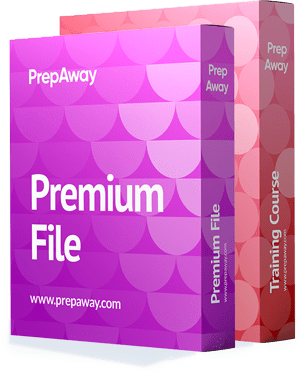Pass Isaca COBIT 2019 Exam in First Attempt Guaranteed!
Get 100% Latest Exam Questions, Accurate & Verified Answers to Pass the Actual Exam!
30 Days Free Updates, Instant Download!


$19.99
COBIT 2019 Premium Bundle
$64.99
$84.98
- Premium File 150 Questions & Answers. Last update: Jul 01, 2025
- Training Course 21 Video Lectures
$84.98
$64.99
Last Week Results!
10
Customers Passed Isaca COBIT 2019 Exam
Average Score In Actual Exam At Testing Centre
Questions came word for word from this dump
Get Unlimited Access to All Premium Files
Details
Purchase COBIT 2019 Exam Training Products Individually

Premium File 150 Q&A
$65.99$59.99

Training Course
21 Lectures
$27.49
$24.99
Why customers love us?
93%
Career Advancement Reports
92%
experienced career promotions, with an average salary increase of 53%
93%
mentioned that the mock exams were as beneficial as the real tests
97%
would recommend PrepAway to their colleagues








